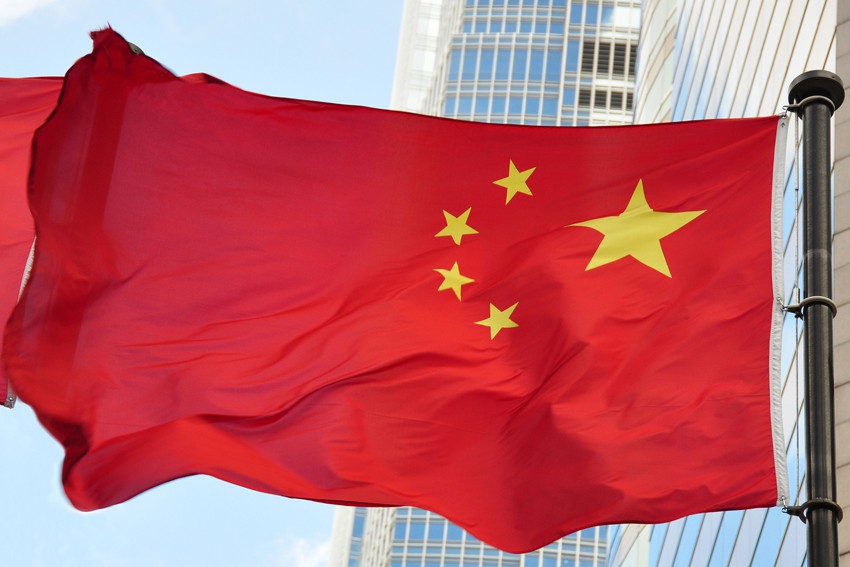Ethnic Policies: China Vs US and India

Does China have better ethnic policies than the US and India?
Does China have better ethnic policies than the US and India?
For a decade the Chinese have debated scrapping their key ethnic policies for a US- or India-style ‘depoliticised’ approach to ethnic relations. Proponents argue the US and India deemphasise collective ethnic rights in favour of individual rights and China should do the same, by scaling back its policies of promoting ethnic identity, allowing low-level ethnic regional autonomy, and providing positive discrimination for minorities.
The US is the self-proclaimed ‘world’s greatest democracy’ and India styles itself as ‘the world’s largest democracy’ while China has a one-party state. Democracies produce policies that best serve their peoples, thus US and India’s ethnic policies must be better than China’s. That’s the ‘obvious’ chain of deductive reasoning.
What if, however, China’s ethnic policies turn out to be no worse at least than those of the two big liberal democracies and in some respects better? That would mean China does not have a reason to copy them.
Proof of the Pudding: India the Model?
We know China’s ethnic policies are no worse than those of India and the US through comparative evidence of their results for minority peoples. In 1950, soon after India became independent and China had its revolution, India’s income level was 40 percent higher than China’s. Yet more than a half-century later, India’s ethnic minorities (termed Scheduled Tribes or STs) are mostly worse off than minorities in China.
In the mid-2000s for example, 53 percent of STs were illiterate, compared to less than 15 percent of minority people in China. In 2005, 64 percent of STs were in the poorest 30 percent of India’s income earners. In China in 2002, the situation was much less stark: rural minority people earned over two-thirds the average rural Chinese income and urban minority people earned 100 percent the average urban Chinese income. A team of scholars from India, China and Sweden compared the interface of poverty and minority status and concluded that in China most of the minoritymajority divide is due to where groups live, while in India it is due to discrimination.
While China has occasional violent political acts in Tibet and the northwestern Uygur minority region of Xinjiang, violence on India’s periphery (Kashmir and the Northeast) has been larger-scale and sustained. A Maoist insurgency in 40 percent of India’s territory, mostly in the heartland, is also based among STs.
Given these results, what is there to recommend India as a model for changing China’s ethnic policies?
The US?
If India is not exemplary, what about the US, with its African-American president? Unlike China (and India), the US has few ethnic policies, but much discrimination – not ameliorated under Obama – so that the main minorities are much worse off than whites.
Black unemployment and poverty rates are more than twice those for whites. Household income for African-Americans peaked at 63 percent that of whites in 1974 but was 55 percent in 2012. Only a third of the white-black wage disparity can be explained by factors other than racial discrimination.
Some 16 percent of US black adults, but only three percent of white adults, have been incarcerated. The latter disparity contrasts with China, where the incarceration rate of Tibetans for ordinary crimes is far below the national average.
US residential, educational and workplace segregation is even worse now than in the late 20th century. Strikingly, two-thirds of black children, but six percent of white children are being raised in high poverty neighbourhoods. Average US white household wealth is 20 times average black household wealth and 15 times Latino wealth. African-Americans are 13 percent of the population, but whites own 98 percent. There are no comparable gaps in China.
In a 2012 poll, 51 percent of a cross-section of US whites expressed anti-black attitudes. It may surprise many to learn that a 2008 survey in 16 countries by the University of Maryland found Chinese second only to Mexicans in their support for the importance of equal treatment for different races and ethnicities. Americans were in the middle and Indians were last.
Better at Binding the Country Together?
If Indian and US ethnic policies do not produce better results for minorities than China’s, do they nevertheless ensure greater national identity? Actually not: polls indicate that a sixth of Indians do not identify as Indians, but by their ethnicity, region or religion. Pride in being Indian is at the same level as pride in being Chinese, but signifi cantly lower among STs than in the general population.
A 2008 US poll showed that 40 percent of African-Americans and 43 percent of Latinos support a right of secession for their state or region. Yet, a 2007 survey of high school students in China found that such minorities such as Uygurs and Mongols had as high a level of Chinese nationalism as the Han majority and were more supportive of the state than Han.
Many changes can be made to China’s ethnic policies that may reduce ethnic inequality and strengthen national coherence. There is however no indication that anything is to be gained by diminishing existing minority rights in order to apply ineffective Indian and US models.
Professor Barry Sautman is a political scientist and lawyer who primarily teaches about contemporary China, as well as international law, and researches China’s ethnic politics and China/Africa links. He is giving a lecture at the Confucius Institute as part of the Adelaide Festival Centre’s OzAsia Festival on Tuesday, September 24 (6pm) in the Banquet Room.